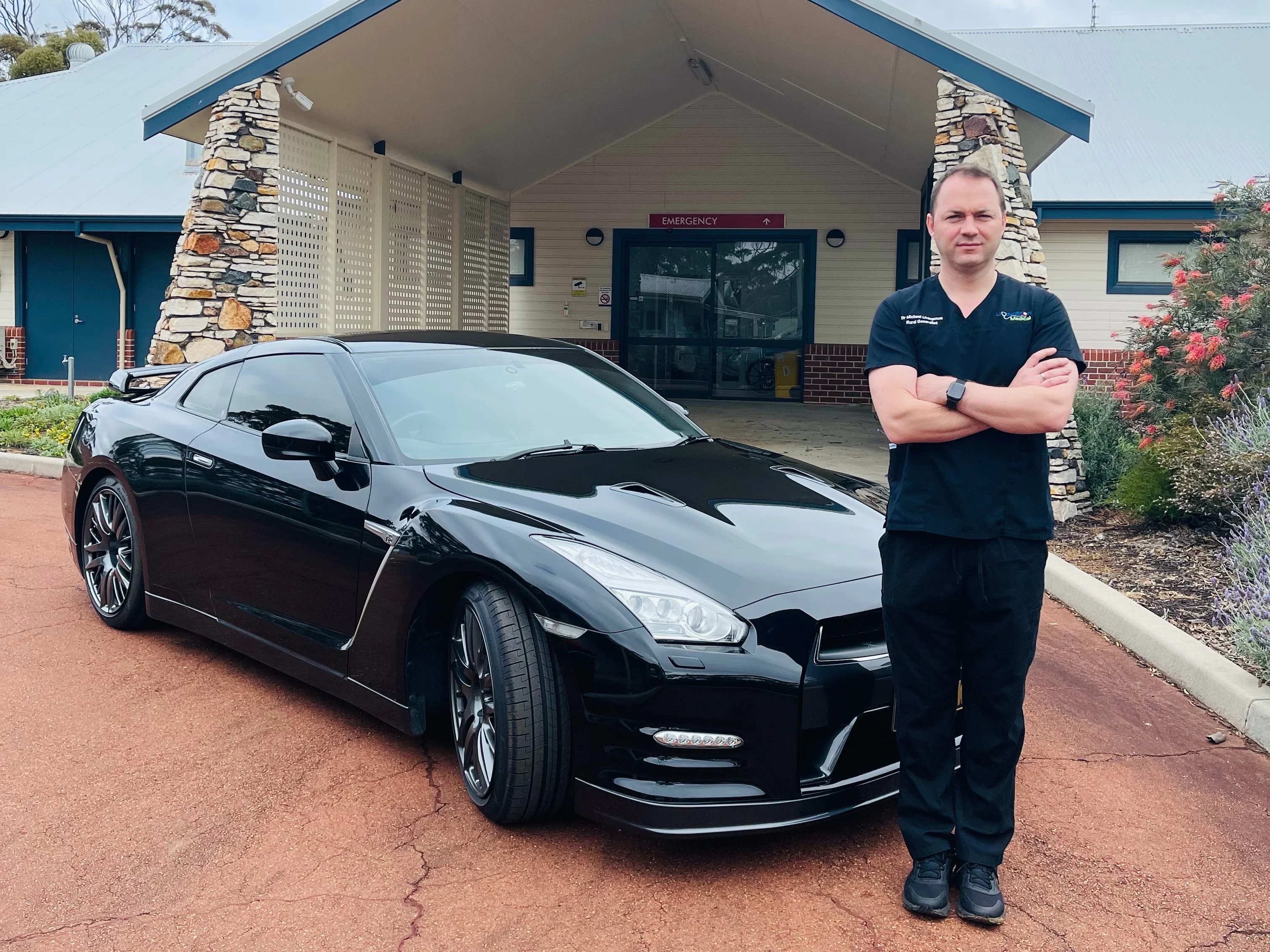Snapshot
- Dr Livingston bases himself in remote WA
- Personal GT-R is currently being used to get to emergencies as a first responder
- WA Government has refused requests for lights and sirens to be fitted
What would be your response if you saw a Nissan GT-R coming up behind you at high speed on the highway?
While we might instantly think it’s someone with a heavy right foot and a need for speed, you may be surprised if it had a doctor behind the wheel on his way to an emergency.
Dr Michael Livingston is a rural generalist with advanced qualifications in emergency and pre-hospital care, living in rural Western Australia with a handful of clinics in neighbouring towns, each between 50 to 100 kilometres away from his base.
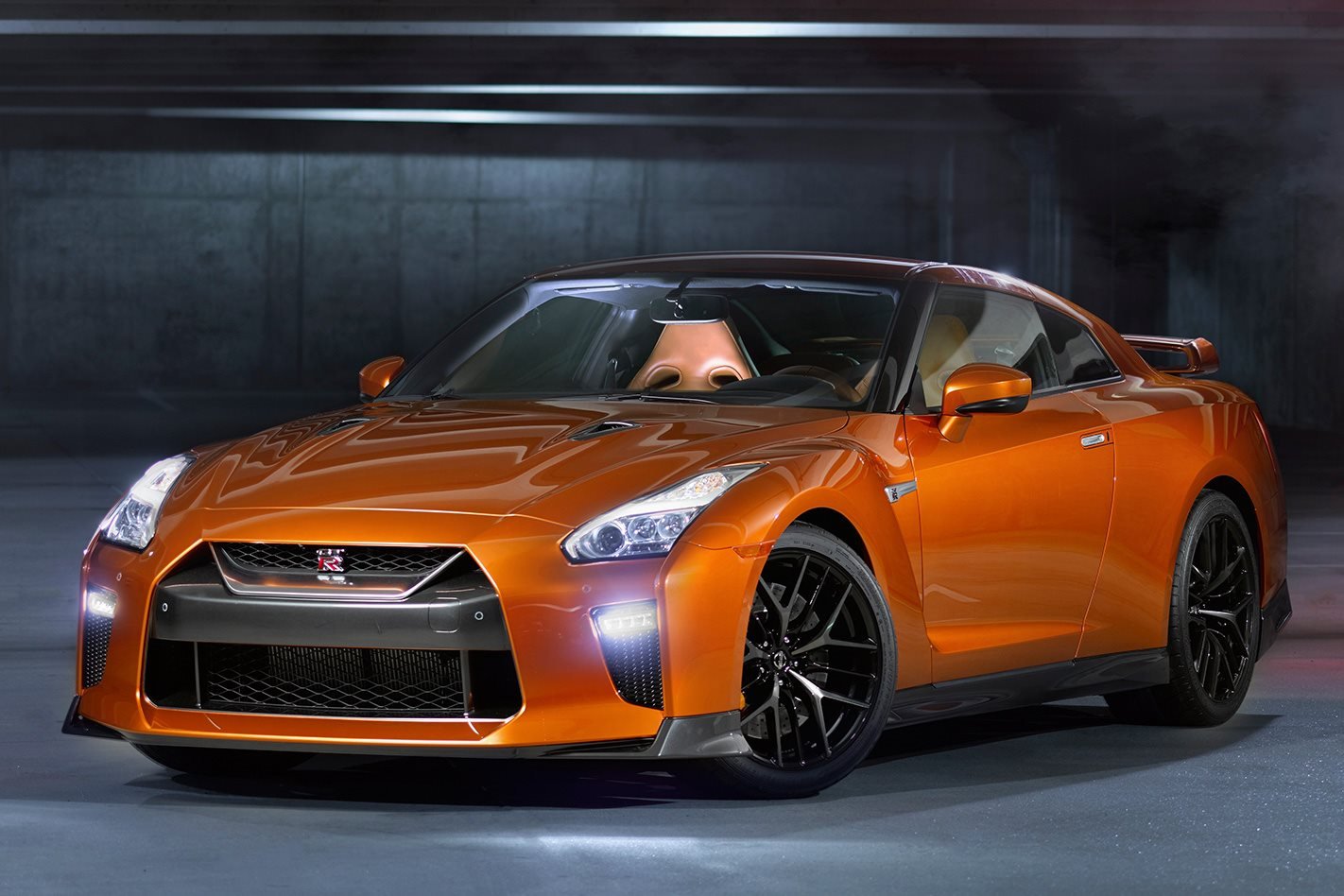
A car lover originally from Scotland, he’s owned everything from an £800 Ford Mondeo, Volvo 850 and Alfa 156 Twin Spark to Subaru WRX and WRX STis since coming Down Under, as well as the usual crop of country living-spec utes.
As a part of his daily duties, Dr Livingston has to respond to emergencies and provide critical care in a region which has a shortage of doctors. An ABC News story this week highlighted his situation after he had to travel at speed in his GT-R to respond to a child turning blue at one of his clinics, completing the journey in time to save the four-year-old.
Despite this and countless other similar situations, the WA Department of Transport will not permit Dr Livingston to fit lights and sirens on his GT-R, something he believes would not only allow him to respond even faster, but demonstrate the conditions rural doctors must work under.
Speaking with WhichCar, the doctor argued his vehicle is the right one for the job and is arguably safer than the generic four-wheel drives and utes provided to rural healthcare providers.
“I’ve got a clinic 100km north, another 50km south, a third one 100km west and another within 50km,” said Dr Livingston.
“In my contact with the WA Country Health Service, there is a close proximity fee where I have to be within 30 minutes of a hospital at any time. On one hand, you’ve got this burden where you have to get there within that time frame, but on the other, there’s no help being provided to assist me to get there safer.
“A lot of emergencies including road trauma come through here. Even the Royal Flying Doctor Service can’t retrieve them [in some cases] so there’s a lot of pressure for me to be in a lot places at any given time. I found cars like the HiLux just weren’t cutting the mustard.
“If you need me to be there on time, I need something which can cut through traffic – it’s my scalpel. I don’t want a blunt blade like a HiLux – which is arguably more dangerous because it’s not as good at turning or stopping.
“During COVID I saw this GT-R come up for sale and told my wife we should get it before we get too old – I’m in my 40s so I thought it would be now or never. I was able to part exchange a Land Rover Discovery 3 for it so that brought the price down a bit.
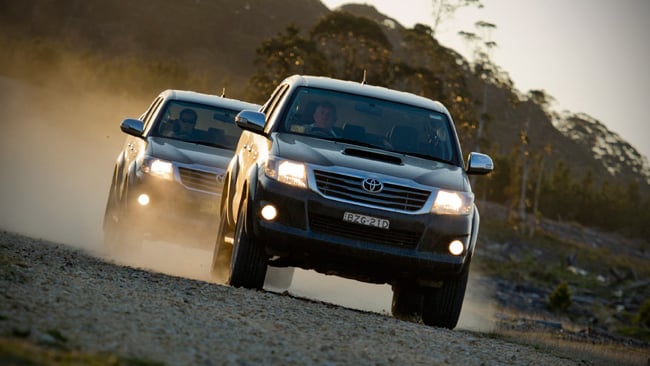
“A lot of people think I want to put lights and sirens on it so I can drift around and get four wheels off the ground at 250km/h on the way to my clinic – but it’s simply not true.
“I already have a medical emergency pass, which is an agreement between the Western Australia Medical Association and the WA Police. If I get caught speeding, it can be repealed if I was doing so in a situation which calls for it. But what’s been happening is I’ll be speeding past people in the GT-R on the way to a clinic and they’ll report me for hooning.
“There’s a lot of people around here who wouldn’t know me and be able to differentiate me from someone just giving it the beans, which is what impedes me in these emergencies. I’ve got this card, but what am I meant to do – wave it on a stick?
“Some people brake test me, some think its a race – one time I was caught between two road trains, my CB radio in the car had fallen off the seat so I couldn’t pick it up, but I could hear them talking about “dusting” me. They ended up kicking up a lot of dust and rocks at the car while I was on my way to an emergency.
“I thought, how hard can it be to get some lights and sirens put onto the car so people know my intention, but to also draw attention to the fact that doctors in rural healthcare are a dying breed. Numbers are falling, we’re outnumbered by non-GP specialists in Australia. If there’s going to be a way to make this job look appealing, why not have some lights and sirens on a GT-R?”
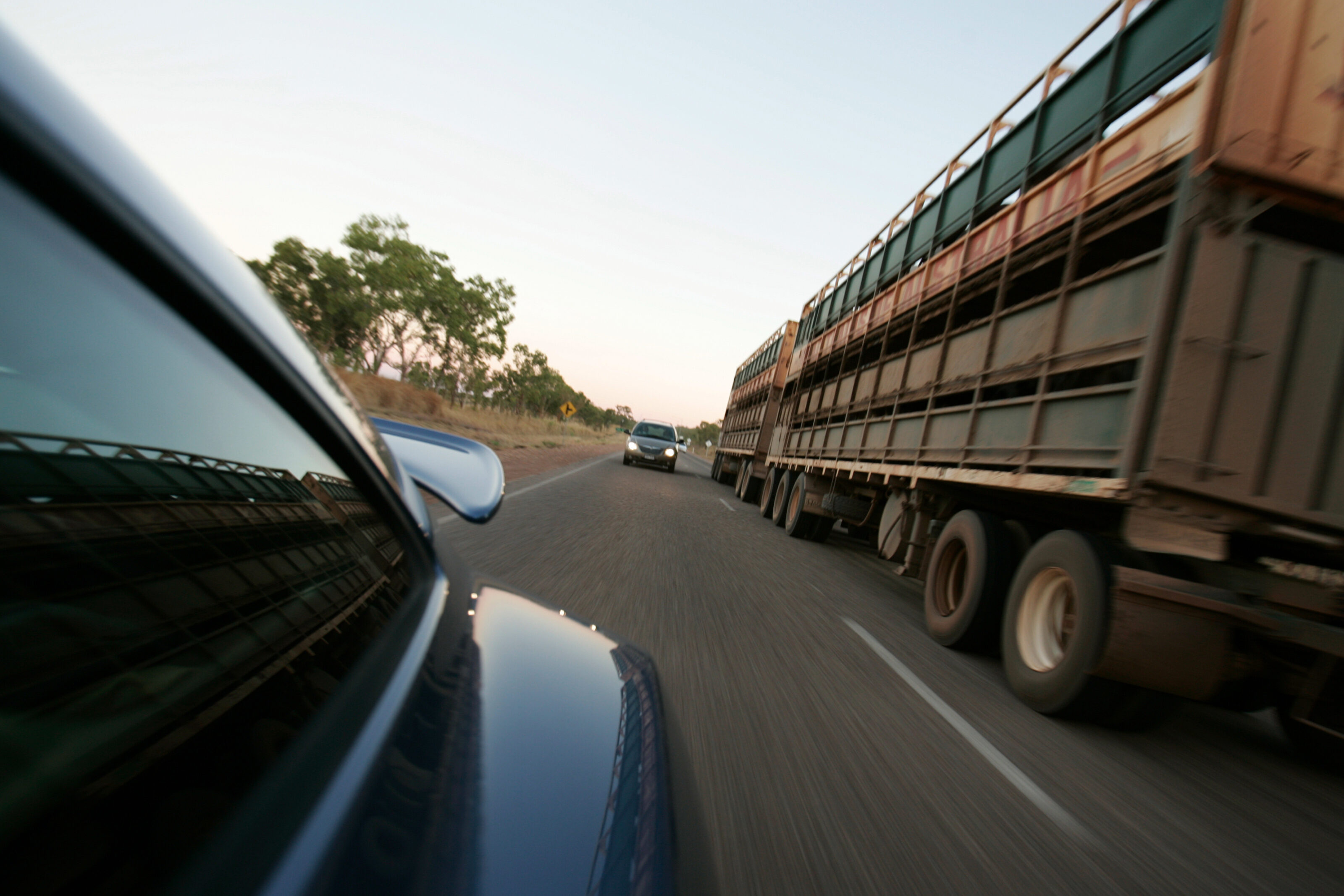
As it turns out, the process has been harder than first thought, with the WA DoT denying Dr Livingston’s request despite him fulfilling the driving courses and criteria to fit the equipment to his car.
“I did the driving under the operational conditions course, which is essentially an advanced driving test, and submitted my paperwork. I was met with resistance from the WA Department of Transport, and it denied my application as I hadn’t asked for a police escort.
“Obviously a police escort can’t happen here because there’s three cops in this town and two in the other – by the time I wait for the escort, the patient will be dead. I got the sergeant here to write a letter of support as well as the local mines and the local member [of Parliament].
“There was about seven or eight months of back and forth which concluded in a letter from the DoT, making points about males being more likely to die in a high speed crash and suffer road trauma. All the local police are male, everyone in the SES and fire service are male. Then I found out this doesn’t apply to other emergency services.
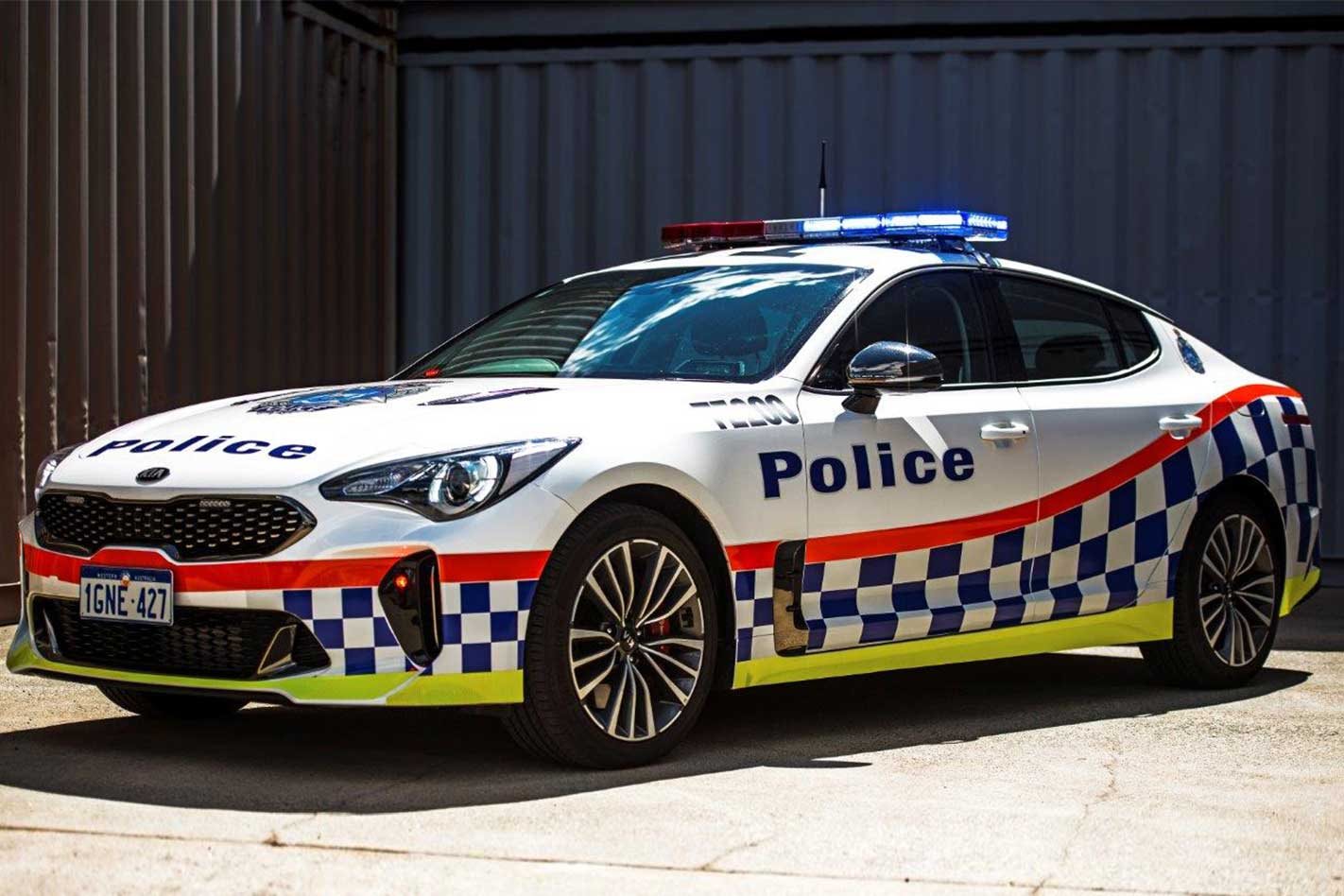
“Until recently our local police had a Holden Commodore SS, but the Highway Patrol – who drive from Ravensthorpe to Hopetoun, the same route they dispute my car is too low for, get around in a Kia Stinger GT! I’ve only ever had incidents with kangaroos in the highest risk times of the day, between dawn and dusk, but that’s not when I drive this car.
“The reasons they’ve not allowed me to do this on my car don’t apply to their own staff and vehicles. They’re worried it will create a precedent, but there’s no other doctors around here anyway. If I didn’t have the car, the kid [mentioned in the ABC article] wouldn’t have made it.
“What would the headline be if I couldn’t get there in time because my vehicle is too slow?”
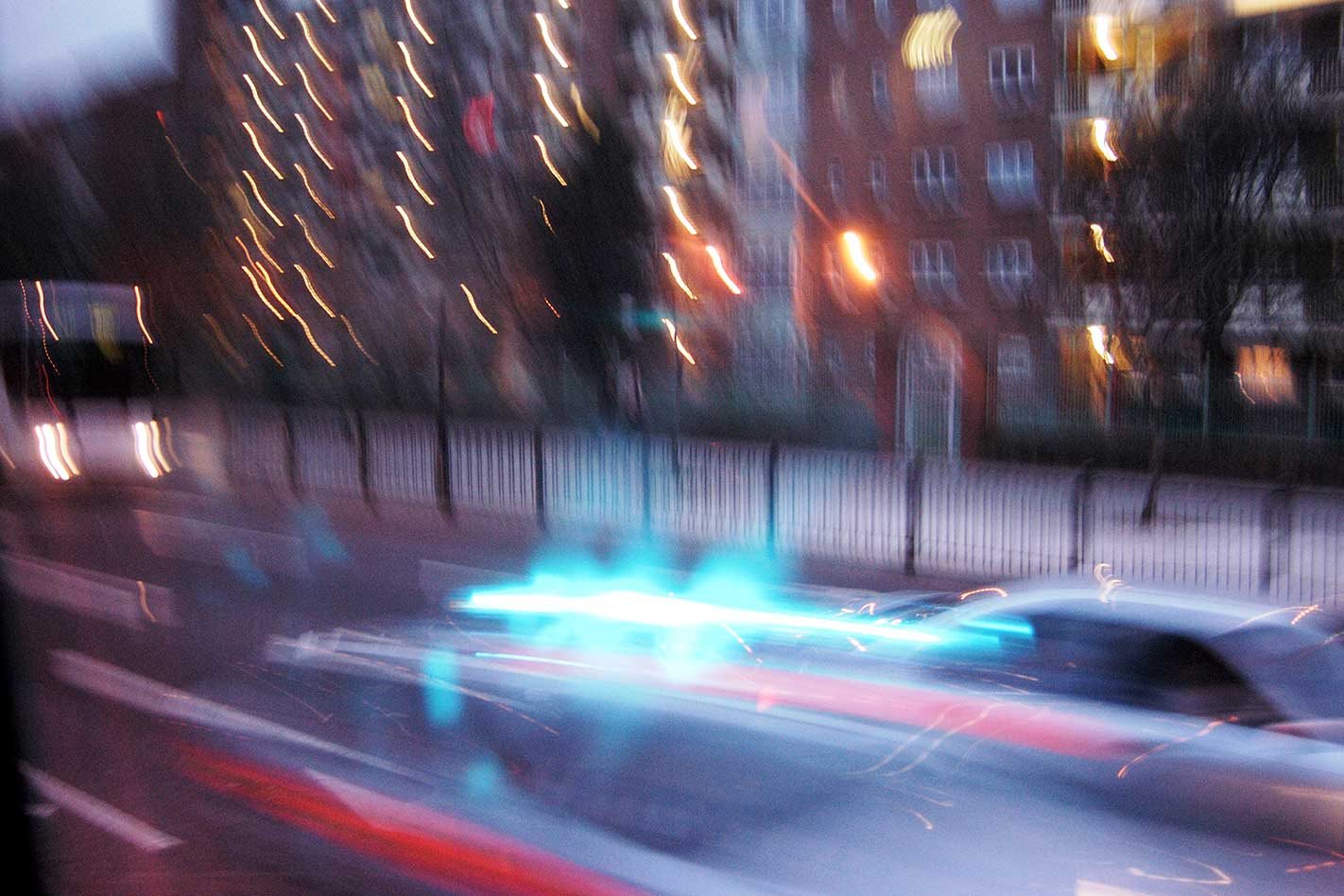
MOTOR contacted the West Australia Department of Transport regarding Dr Livingston’s case.
“It is intended that Emergency Vehicle Status is only approved for vehicles responding to emergencies as part of the State’s emergency service network. This ensures a co-ordinated approach to an emergency and minimises road safety implications for the occupants of the emergency vehicle, other road users and the wider community,” a spokesperson told MOTOR.
“However, all applications for Emergency Vehicle Status are assessed on a case-by-case basis. A key consideration in assessing each application is the support of the Emergency Vehicle Committee, which is made up of representatives from the following organisations responsible for the State emergency service network:
- WA Police
- The Department of Health
- St John Ambulance
- Department of Fire and Emergency Services
- Western Australian Local Government Association.
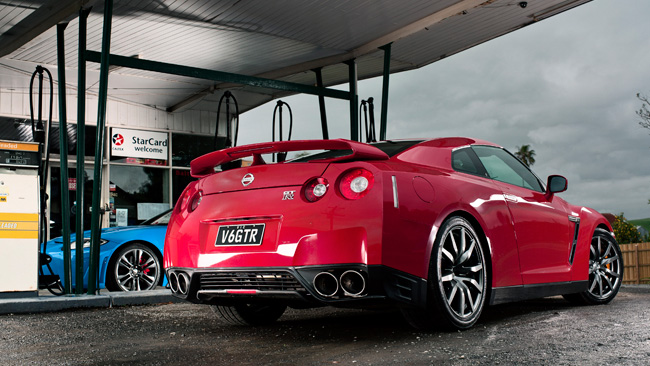
“The Emergency Vehicle Committee considers whether the applicant is part of the State’s emergency service network and whether they have relevant approvals and Memorandums of Understanding in place to support this. If an application is not approved, it is generally because they have not satisfied the above criteria considered by the Emergency Vehicle Committee.
“However, other factors are considered, including the suitability of the applicant’s vehicle. Further, the Department of Transport (DoT) refers to a range of relevant reference material to not only assist in making an informed decision, with the view to minimise road safety implications, but also to explain its decision-making process to applicants as part of a commitment to transparency.
“Gender is not a consideration in assessing applications for Emergency Vehicle Status. The below quotation you are referring to is one of a number of points provided to [the] applicant highlighting the factors that contribute to emergency vehicle crashes.
“Male drivers are more likely to be involved in high-speed driving and have high risk-taking driving behaviours (Liu, 2007; Savolainen et al., 2009; Tay & Rifaat, 2007).
“In the past two years, [the] DoT has approved Emergency Vehicle Status for two vehicles – an Isuzu truck and a Toyota LandCruiser. Both applications had approval from the Department of Fire and Emergency Services and the support of the Emergency Vehicle Committee.”
We recommend
-
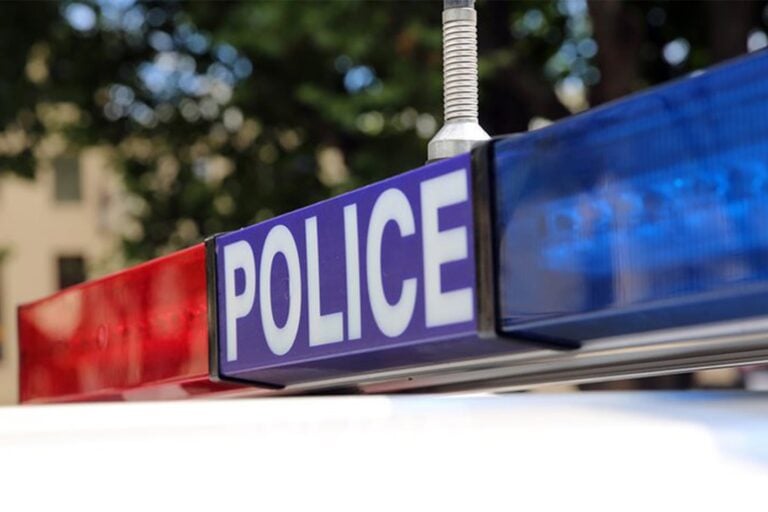 Advice
AdviceHow to react around emergency vehicles
What should you do when you hear a siren or see flashing lights in your rear view mirror?
-
 Features
FeaturesWhat happened in MOTOR 13 years ago? We got one of the first R35s in the country for a legendary family battle
The Nissan R35 GT-R faces the legendary Skylines that built the legend
-
 Features
Features50 moments of Nissan GT-R: 50 years of GT-R
Zero to 50 - the journey of Nissan's game-changer


